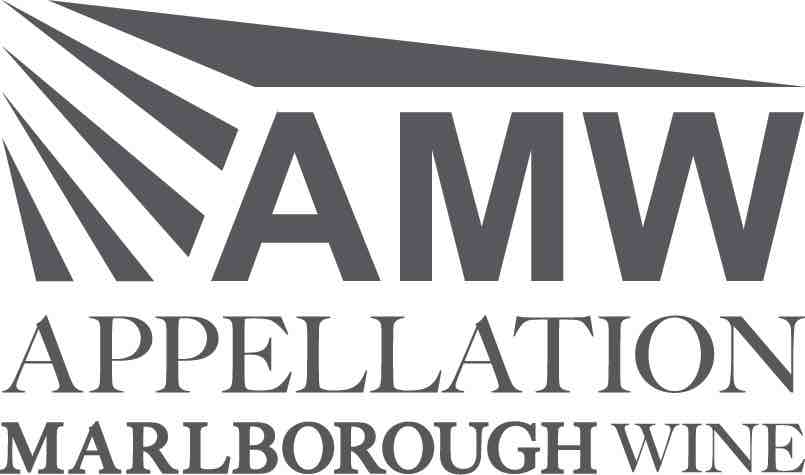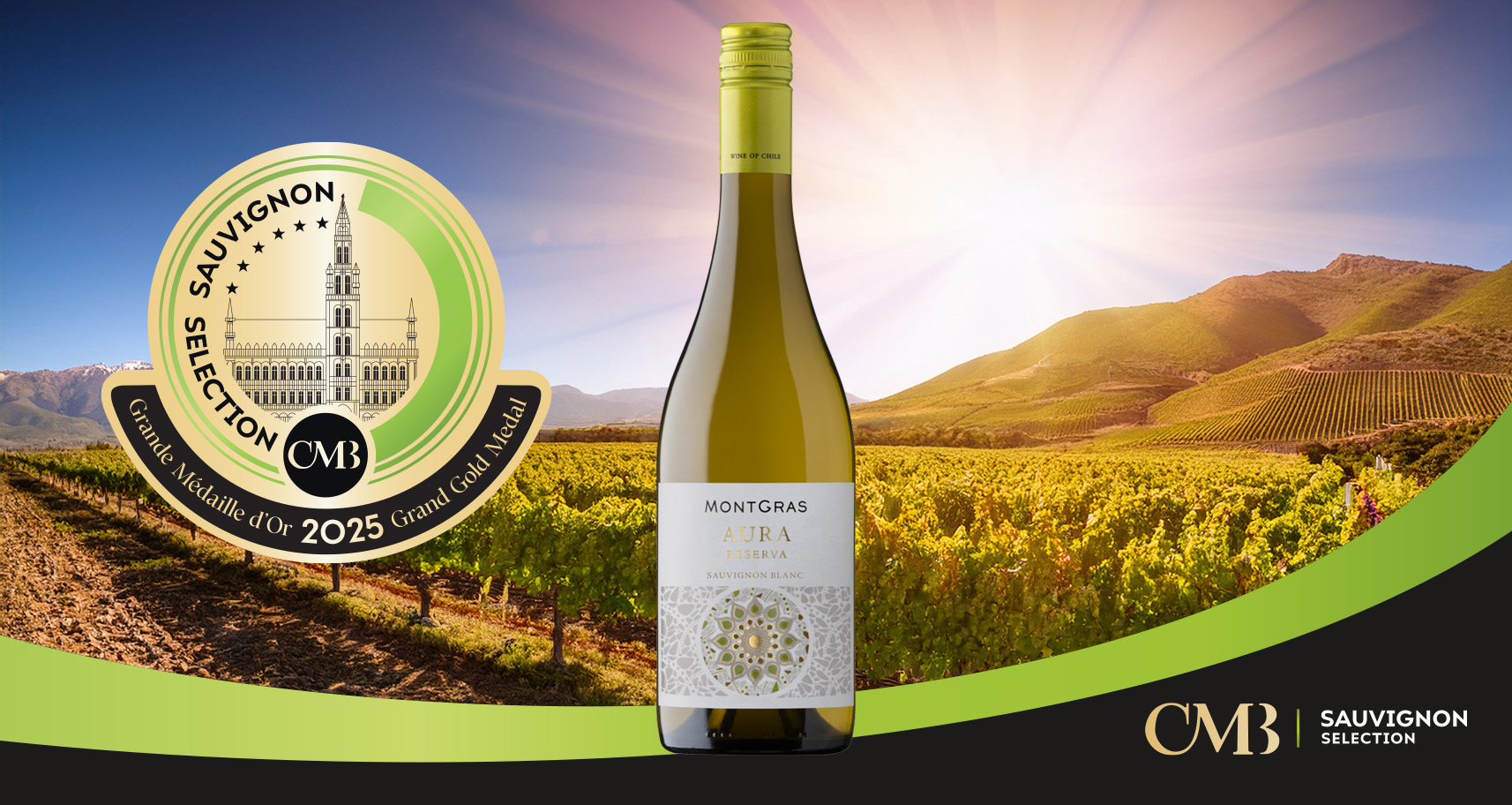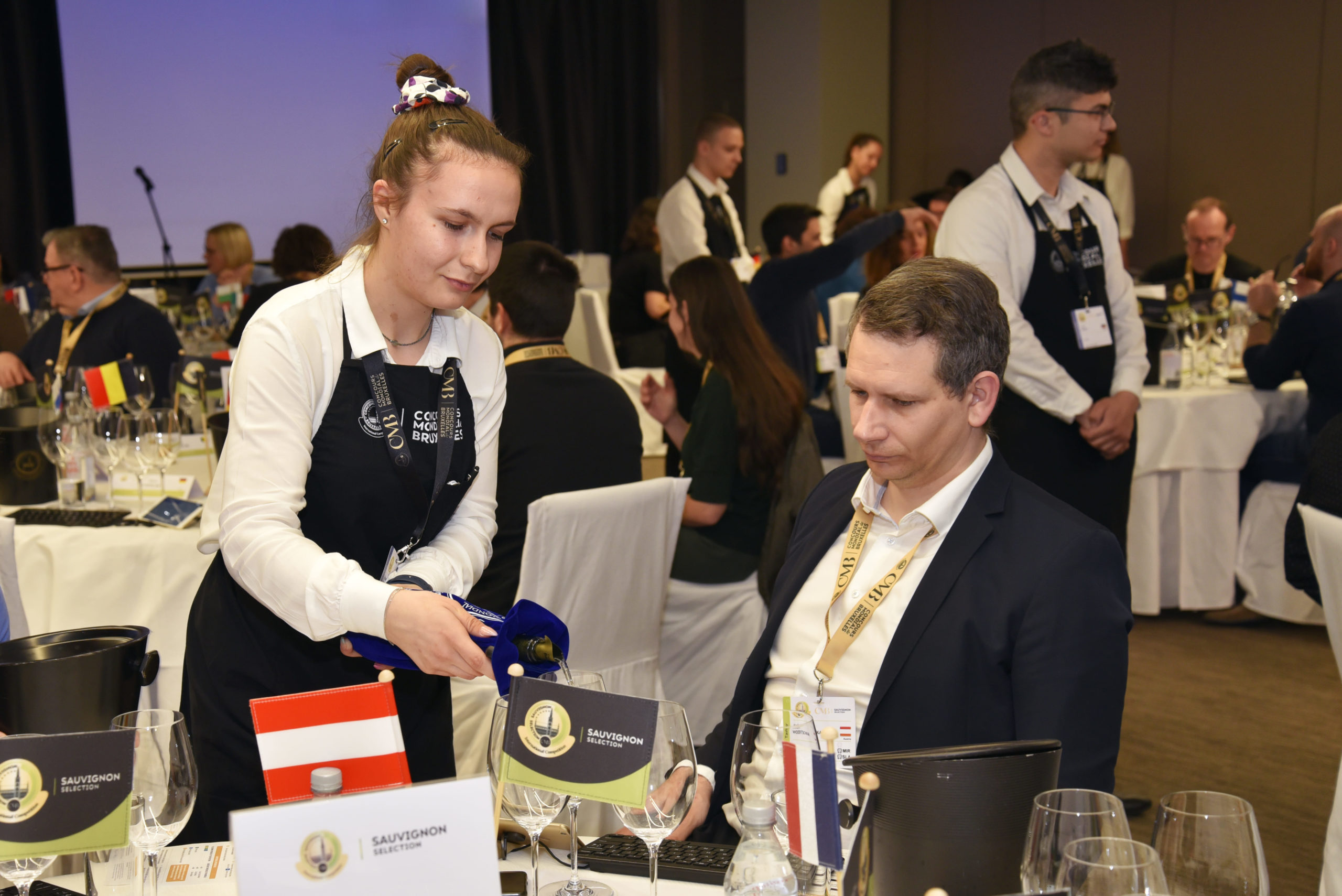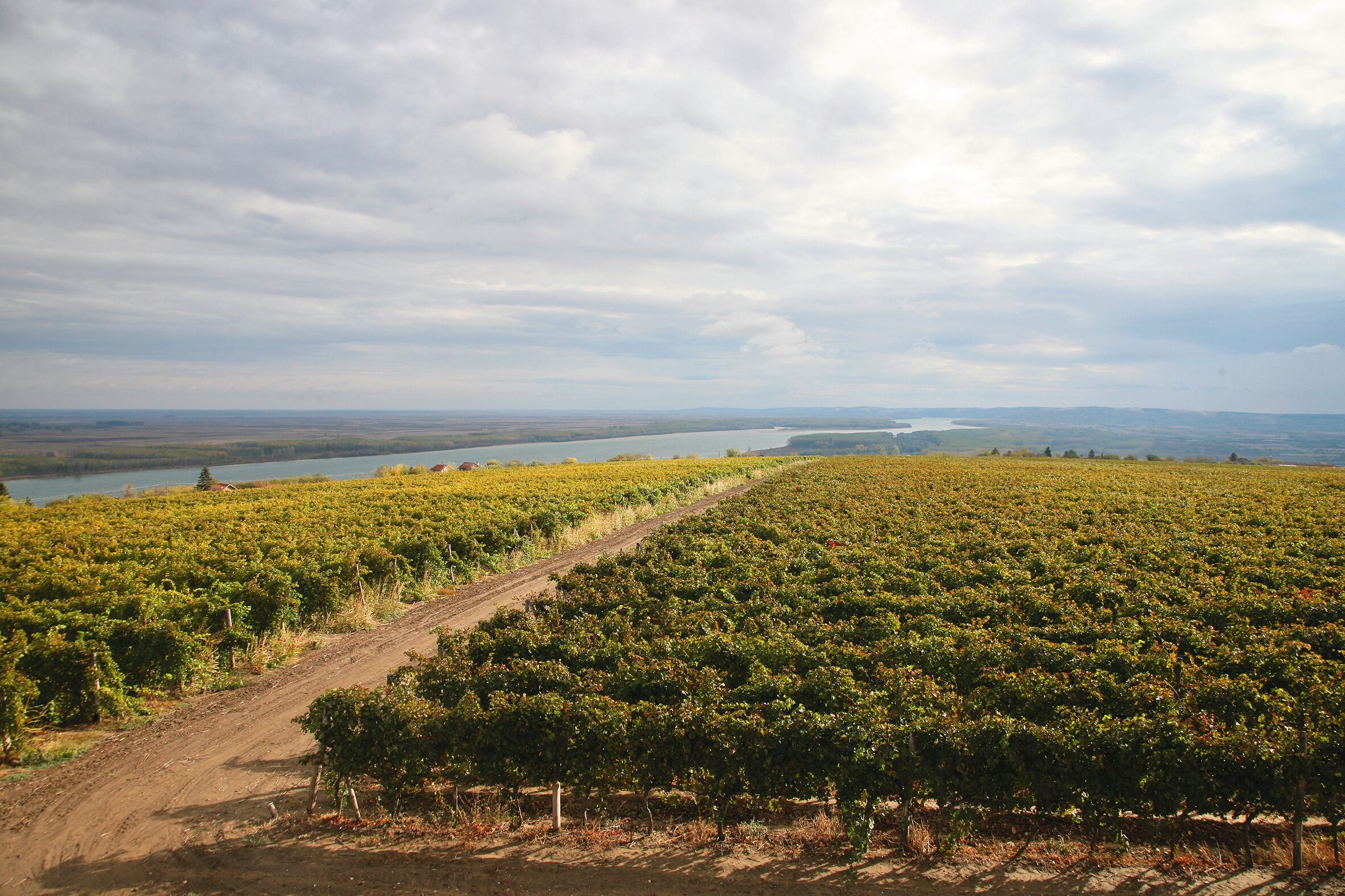Marlborough Sauvignon Blanc drills down on its sub-regions
New Zealand
After four decades spent establishing vineyards and honing winemaking techniques, Marlborough’s wine industry is entering a new chapter in its history by drilling down on the specific characteristics of its Sauvignon blanc vineyard sites. Emma Jenkins MW explores what this means for its producers, and for consumers.
It seems reasonable to assume these days that most wine drinkers around the world will have heard – and likely even enjoyed a glass or two – of Marlborough Sauvignon Blanc. Since the first Sauvignon blanc vines were planted in Marlborough in 1972, the style has become New Zealand’s vinous calling card. Sauvignon blanc, 90% of which is grown in Marlborough, now represents 74% of New Zealand’s plantings and 86% of all exports. Marlborough’s distinctive vividly aromatic, crisp and refreshing style – courtesy of the region’s cool yet sunny climate and ultra-modern vinification – has found a broad array of fans and is amongst the top selling white wine styles in both the US and UK. For wine drinkers, the words ‘Marlborough Sauvignon Blanc’ guarantee a quality and style of wine in which they feel confident and familiar.
Creating a ladder of quality for consumers
Marlborough is New Zealand’s largest grape-growing region with approximately 28,000 hectares under vine, 71% of which is Sauvignon blanc. This offers considerable scope for the maturing industry to explore its potential sub-regional diversity. If the early days of New Zealand’s modern wine industry were focused on establishing vineyards and refining cellar technology, more recent years have been spent defining its viticultural sub-regions and promoting their expression in the ensuing wines. Marlborough’s cool climate and predominantly boutique producers means that for most, success lies in pursuing premium wine rather than large scale commodity offerings. With numerous smaller producers and a single dominant variety, Marlborough also faces somewhat of a dichotomy: how to maintain a united focus for brand strength whilst also establishing a platform for producers to compete against both one another and external competitors. Increasing sub-regional and single vineyard definition offers a logical path forward not to mention is a natural progression for any region wishing to offer its consumers a ladder of quality to climb.
Three main sub-regions
The majority of Marlborough Sauvignon Blanc is made as a regional style and many wines are blended from fruit across the three main sub-regions: Wairau Valley, Southern Valleys and Awatere Valley. This is likely to remain the norm from a practical standpoint as many producers’ vineyard holdings span the region, and many also prefer the perceived benefits of blending. However, there are an ever-increasing number of wines sporting sub-regional and single vineyard designations. The three main valleys are geographically distinct, have varying aspects and macroclimates and a range of predominant soil types. The sensory science research of Lincoln University’s Dr Wendy Parr and colleagues has also established the organoleptic differences between the sub-regions.
Wairau Valley
The Wairau Valley is the main valley running roughly west-to-east across Marlborough, following a fault line created around 300 million years ago; it is home to many of the region’s earliest plantings and best known producers. Soils are mostly old stony/gravely riverbed and riverbanks, whose criss-crossing over the millennia has created a diverse patchwork of soils across the valley. The hills to the north (the Richmond Ranges, which grace the label of Cloudy Bay wine) and south (the Wither Hills, ditto the eponymous label) affect rainfall patterns and help create numerous meso-climates throughout the sub-region. As such, the Wairau Valley represents a range of cooler, drier inland sites; barren stony, early-ripening central sites; and sea-breeze moderated coastal sites. The hallmark Wairau style is the ‘classic Marlborough’ ripe, pungent fruitiness with a clear blackcurrant character, and good intensity and body.
Southern Valleys
The Southern Valleys comprise the Omaka, Fairhall, Brancott, Ben Morvan and Waihopai Valleys, which delve inwards towards the Wither Hills. Soils and meso-climates vary, though they’re typically heavier than the Wairau with stony loam and clay washed down from the Wither Hills. The finger-like ridgelines shelter the valleys from the cooling southerly winds, making daytime temperatures generally warmer than the Wairau though as the valleys run southwards and altitudes climb, they become cooler and drier. A broad range of varieties are grown throughout the Southern Valleys, with particularly good Pinot Noir and aromatics; the clay-based Southern Valleys soils tends to produce rich textural style sauvignons with ripe stonefruit and citrus fruit.
Awatere Valley
The Awatere Valley is the most geographically distinct sub-region, lying south of the Wairau Valley over the Redwood Pass. The Awatere River tumbles down from the Inland Kaikoura Ranges to the sea, and vineyards are mostly found at the seaward end of the valley as well as snaking inland following the river. The climate is cooler, drier, windier and often with a degree of elevation, which naturally devigorates vines and reduces yields. Wines are elegant and highly aromatic with distinct tomato stalk, basil, jalapeno, lemongrass and mineral characters.
A celebration of terroir
While the above sub-regions are currently the most commonly seen on labels, further distinctive areas continue to be defined and promoted – Taylor’s Pass, Rapaura, Blind River and Dillons Point are just some of the name Marlborough Sauvignon Blanc lovers can expect to see on shelves. As the region continues to mature and evolve, it is logical that producers will continue to explore and celebrate their terroir, giving Marlborough Sauvignon Blanc fans the world over ever-more reasons to follow suit.
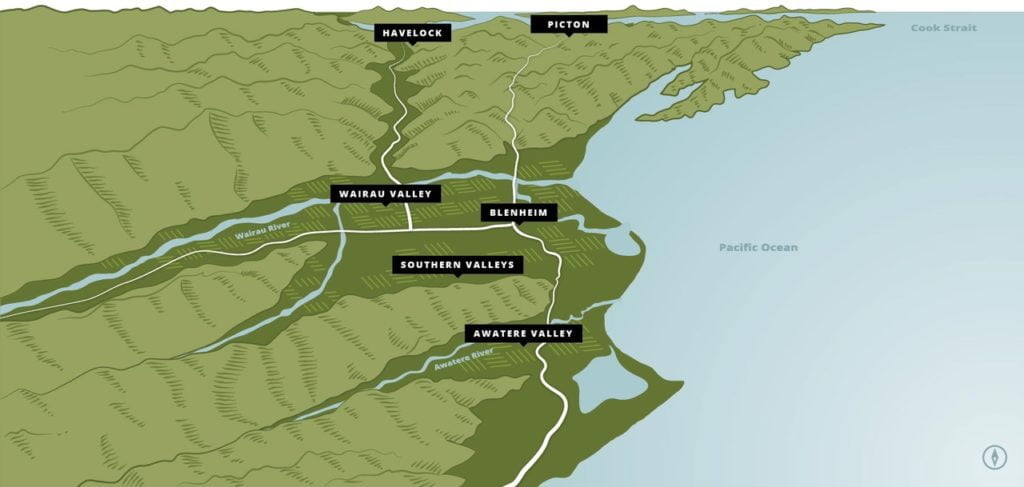
Appellation Marlborough Wine
New Zealand’s modern wine industry may barely be four decades old but its flagship region drew a very traditional firm line in the ground with the 2018 launch of Appellation Marlborough Wine (AMW). Intended “to protect the integrity, authenticity and brand value of wines produced in Marlborough wine”, the initiative has a diverse industry cross-section of 51 wineries signed up, with all certified wines sporting the trademarked AMW logo. As Marlborough Sauvignon Blanc’s international success soared, so too did wines made with less-scrupulous quality practices, including bulk wines bottled off-shore, some of which were supplemented by origins and varieties other than Marlborough and Sauvignon blanc. Recognising the long-term implications of such practices, a pioneering committee developed AMW and registered its trademark, inviting fellow producers to become licensed members. All AMW wines must be made from 100% Marlborough grapes, be bottled in New Zealand, crop at or under stipulated levels and be harvested from vineyards certified as sustainable. While initially only Sauvignon blanc wines were eligible, it has recently expanded this to all varieties grown in Marlborough, and from 2022, each submitted Sauvignon blanc wine must be tasted blind by an independent panel and authenticated as a true representation of the region. As Dog Point Vineyard owner and AMW founding chair Ivan Sutherland says, “Appellation Marlborough Wine is about protecting the reputation this region has worked hard to build. It provides the wine buying public of the world with an assurance they can see and trust. Marlborough makes extraordinary wines that have put this region on the map. Appellation Marlborough Wine is an important step to make sure we stay there.” www.appellationmarlboroughwine.co.nz.
